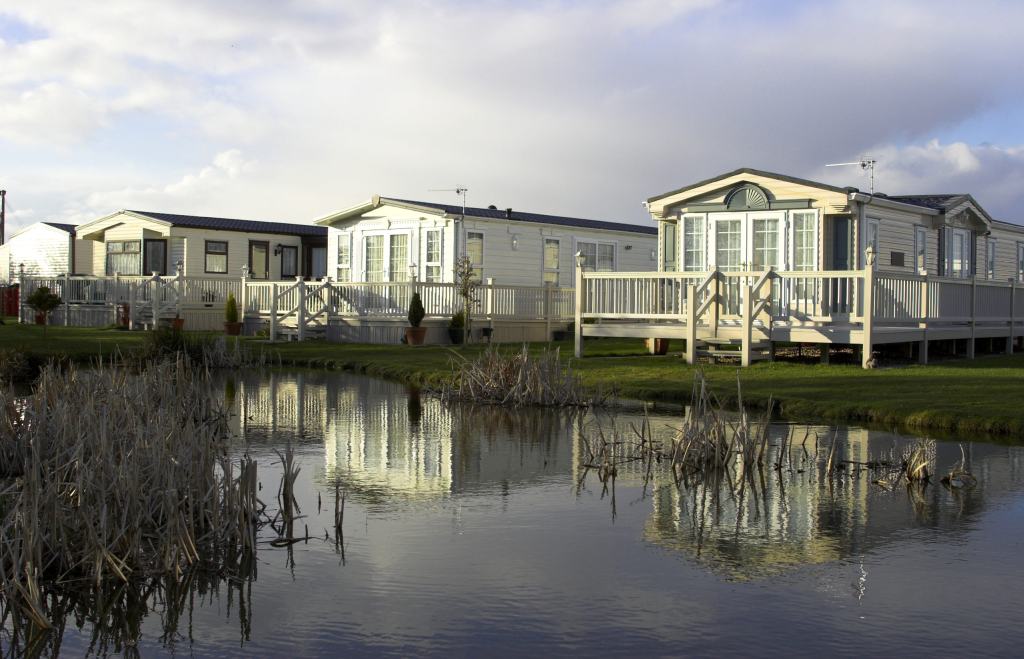After a troublesome year for us all, it is positive to see the Pfizer COVID-19 vaccine already rolling out. Hopefully, it will bring much-needed stability to the market. Two national lockdowns and a host of regional restrictions made 2020 feel very stop-start. Government ministers predict that life could feel closer to normal by Easter 2021.
Figures released by the National Caravan Council (NCC) show the volume of holiday homes produced between January and September this year was down 46.9% compared to 2019, at just 8,266 units. The statistics reveal the extent of how damaging COVID-19 has been to production. It will be interesting to see how production fairs in the final quarter when statistics are released early next year, and to what extent the lockdown in November disrupted manufacturing.
The caravan market has benefitted from the rise in popularity of the ‘staycation’ holiday in recent years. However, this boost has masked issues threatening the industry’s sustainability, such as:
- Overproduction
- Regular price increases
- A lack of desirable used stock
A familiar pattern seemed to be emerging in January 2020. Despite many manufacturers reducing production volumes for 2020 models to limit over-production, demand was still limited. That was until COVID-19 changed the landscape of the market completely. UK staycations became the only viable option for a holiday, as travelling abroad was significantly restricted. Bookings for parks soared, whilst the sale of new and used units increased dramatically. Manufacturers sold out of their remaining 2020 stock quickly. The already small pool of available, attractive used stock dried up quickly, underpinning strong used values.
The lack of new and used stock has led to a stagnant market. By the start of December low volumes of 2021 season stock has reached parks, with the bulk of orders not predicted to arrive until the spring. Manufacturers are unable to produce to full capacity with the ramifications of COVID-19 hampering production since Lockdown-1 and continued social distancing measures. Supply chain issues are causing the biggest headaches with materials and components in low supply, further extending lead times.
Consequently, dealers report that available used stock is almost non-existent, as parks have de-fleeted fewer units this year. When a unit is available, competition between dealers continues to be extremely strong. High demand has led to units deemed ‘undesirable’ and heading to the scrapyard last year, now finding buyers, providing the units contain a reasonable level of specification. The overall effect of the stock shortage means many dealers have their lowest levels ever. There is little indication that the used stock shortage will be alleviated anytime soon. It is reported that fleet orders for the 2021 season could be down by as much as 50%, suggesting there will be no quick influx of available used stock on the horizon.
With the awareness of staycations growing considerably, the market has a fresh opportunity to attract new customers, and retain customers using staycation as a stop-gap until international travel restrictions are lifted. Parks have confirmed 2021 bookings are already strong, as are the numbers of sales enquiries. This all gives reason for confidence in the market for the year ahead, providing the next few months of baron stock is not too damaging.
Glass’s holiday home retail values have increased by 3% in the January edition of the caravan dataset.

 Close
Close